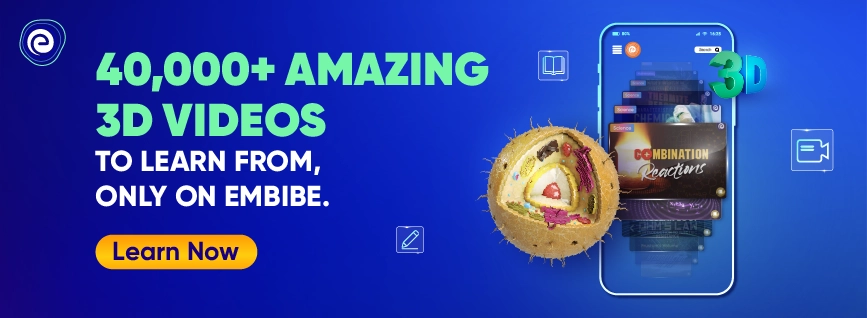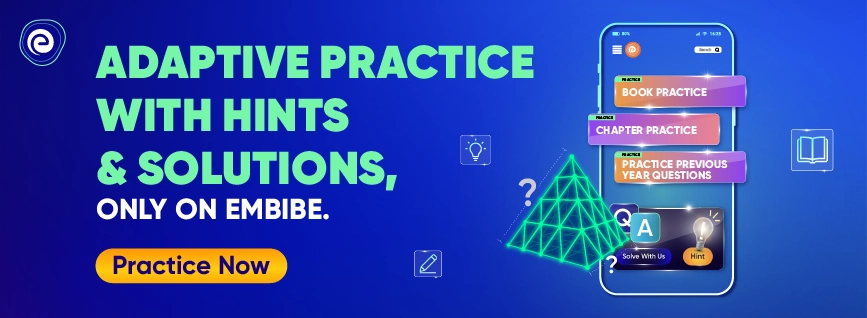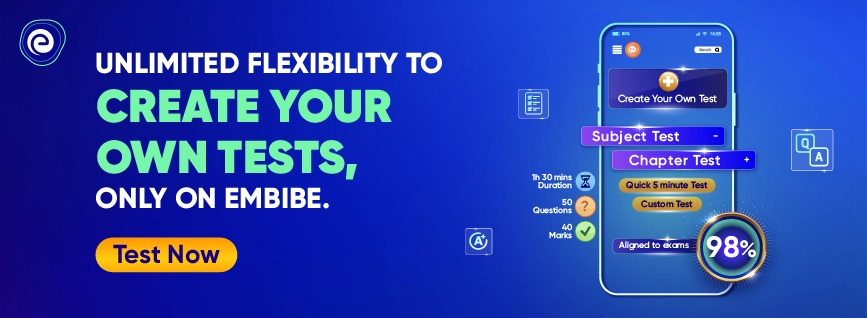| 1. | Crop Production and Management | Agriculture Practices, Operation of Soil, Basic Practices of Crop Production, Manure and Fertilizers, Irrigation, Protection From Weeds, Harvesting, Storage of Food Grains, Food Form |
| 2. | Microorganism: Friend and Foe | Introduction to Microorganisms, Friendly Microorganisms, Harmful Microorganisms, Food Preservation, Nitrogen Fixation |
| 3. | Synthetic Fibres and Plastics | Synthetic Fibres, Types of Synthetic Fibres, Characteristics of Synthetic Fibres, Plastics, Characteristics of Plastics, Plastic and the Environment |
| 4. | Material: Metals and Nonmetals, | Physical Properties of Metals and Non-metals, Chemical Properties of Metals and Non-metals, Uses of Metals and Non-metals |
| 5. | Coal and Petroleum | Natural Resources, Coal, Petroleum, Natural Gas, Conservation of Natural Resources |
| 6. | Combustion and Flame | Combustion, Controlling the Fire, Types of Combustion, Flame, Structure of a Flame, Fuel, Fuel Efficiency, Harmful Products Due To Burning of Fuels |
| 7. | Conservation of Plants and Animals | Deforestation and its Causes, Consequences of Deforestation, Conservation |
| 8. | Cell: Structure and Function | Discovery of the Cell, Cell Shape and Size, Cell Structure and Function, Parts of the Cell, Comparison of Plants and Animal Cells |
| 9. | Reproduction in Animals | Modes of Reproduction, Sexual Reproduction, Asexual Reproduction |
| 10. | Reaching the Age of Adolescence | Adolescence and Puberty, Changes at Puberty, Secondary Sexual Characters, Role of Hormones in Reproductive Functions, Reproductive Phase of Life in Humans, Role of Hormones in Humans, Sex Determination, Hormones Other Than Sex Hormones, Role of Hormones in Completing the Life History of Insects and Frogs, Reproductive Health |
| 11. | Force and Pressure | Force: A Push or a Pull, Exploring Forces, a Force Can Change the State of Motion, Contact Process, Non-contact Forces, Pressure, Pressure Exerted by Liquids and Gases |
| 12. | Friction | Force of Friction, Factors Affecting Friction, Friction a Necessary Evil, Increasing and Reducing Friction, Fluid Friction |
| 13. | Sound | Sound Produced by a Vibrating Body, Sound Produced by Humans, Sound Needs a Medium for Propagation, We Are Sound Through Our Ears, Amplitude, Time, Period and Frequency of Vibration, Audible & Inaudible Sounds, Noise and Music, Noise Pollution |
| 14. | Chemical Effects of Electric Current | Liquids Conduct Electricity, Chemical Effects of Electric Current, Electro Plating |
| 15. | Some Natural Phenomenon | Sparks and Electric Charges, Charging by Rubbing, Charge, Lightning, and Earthquakes |
| 16. | Light | Laws of Reflection, Regular and Diffused Reflection, Multiple Images, Reflected Light Can Be Reflected Again, Sunlight White or Coloured, Inside Our Eyes, Care of Eyes, Braille System |
| 17. | Stars and the Solar System | The Moon The Star and the Constellations, Solar System |
| 18. | Pollution of Air and Water | Introduction to Pollution, Air Pollution, Greenhouse Effect, Water Pollution |








































